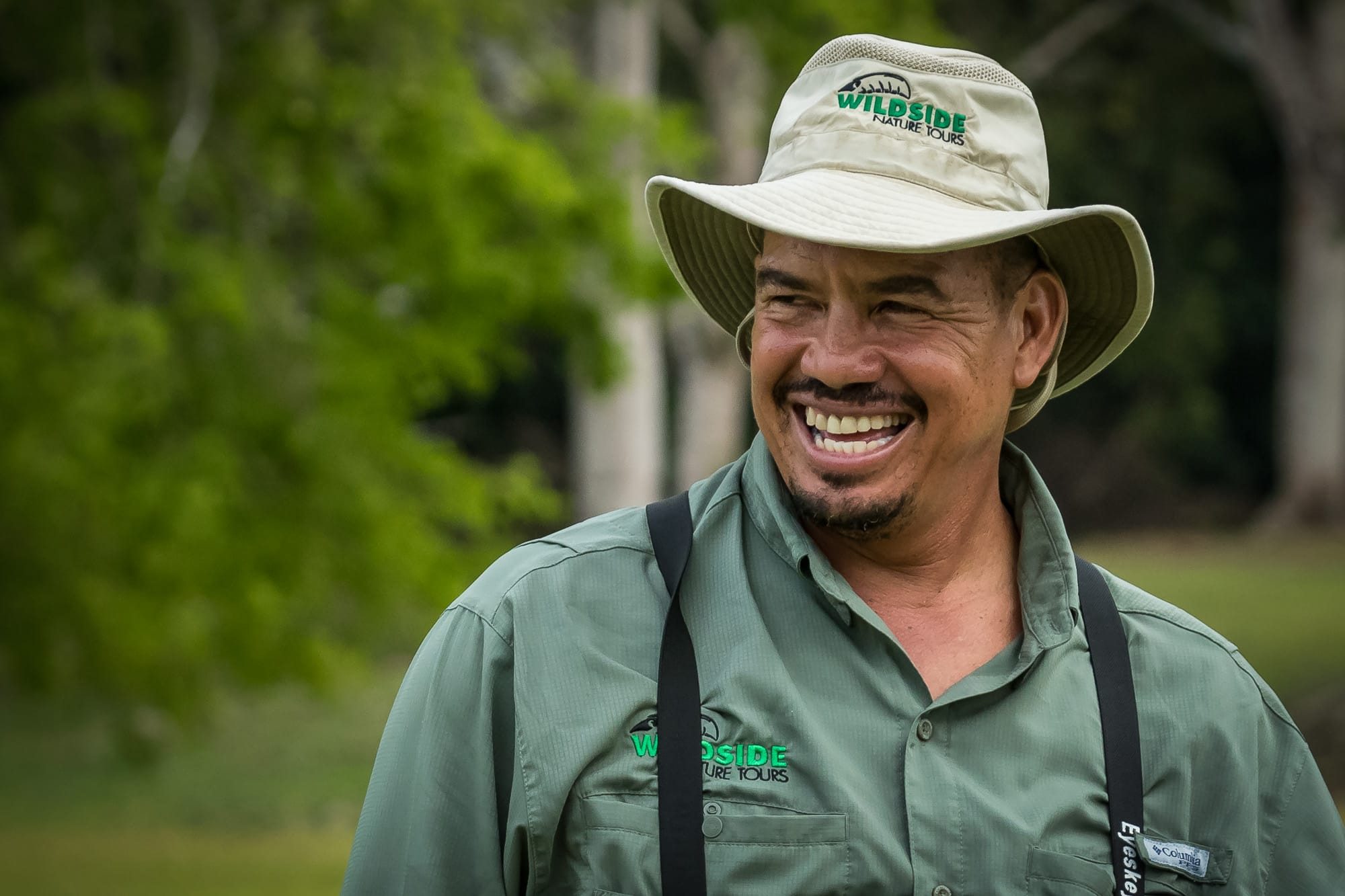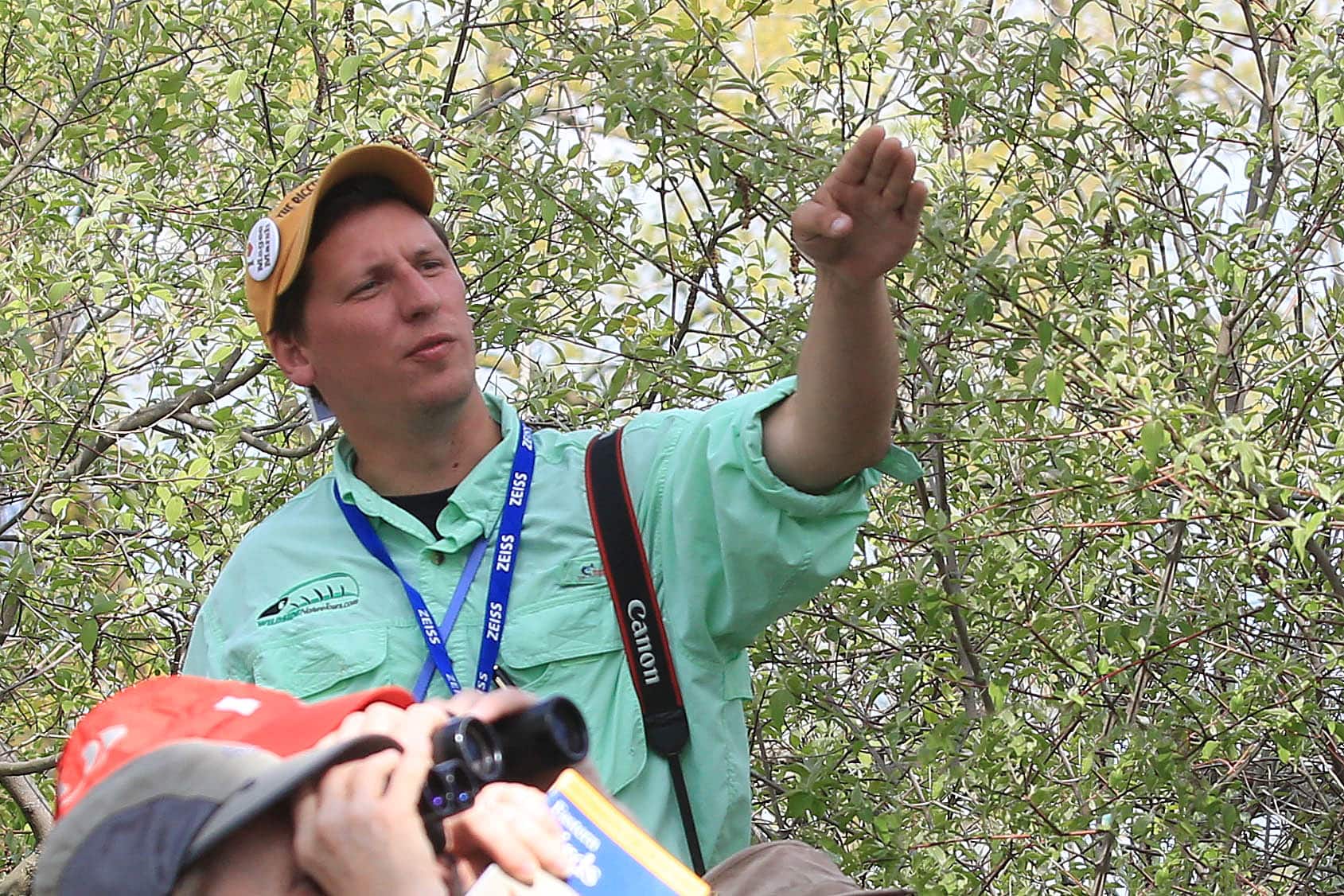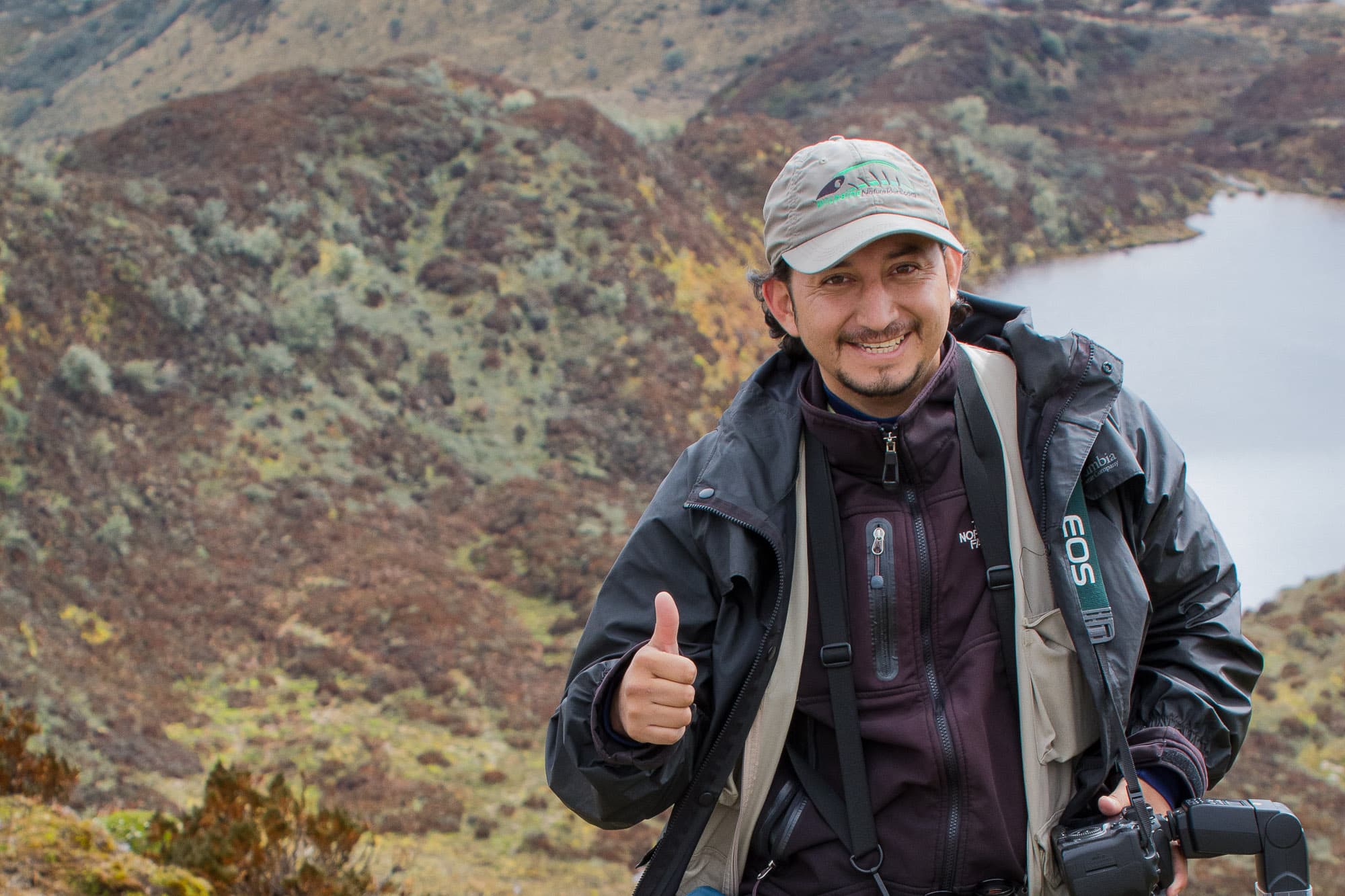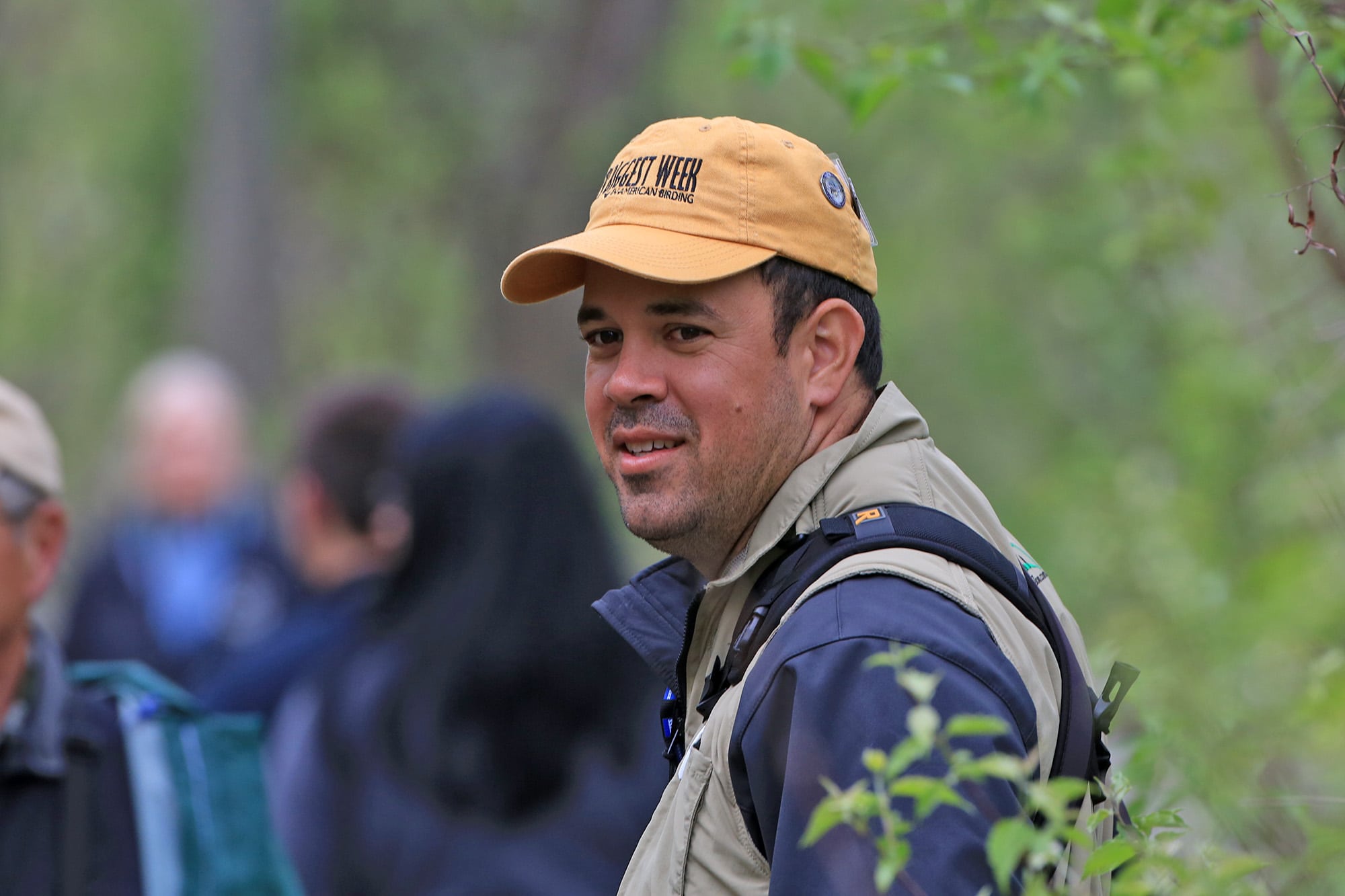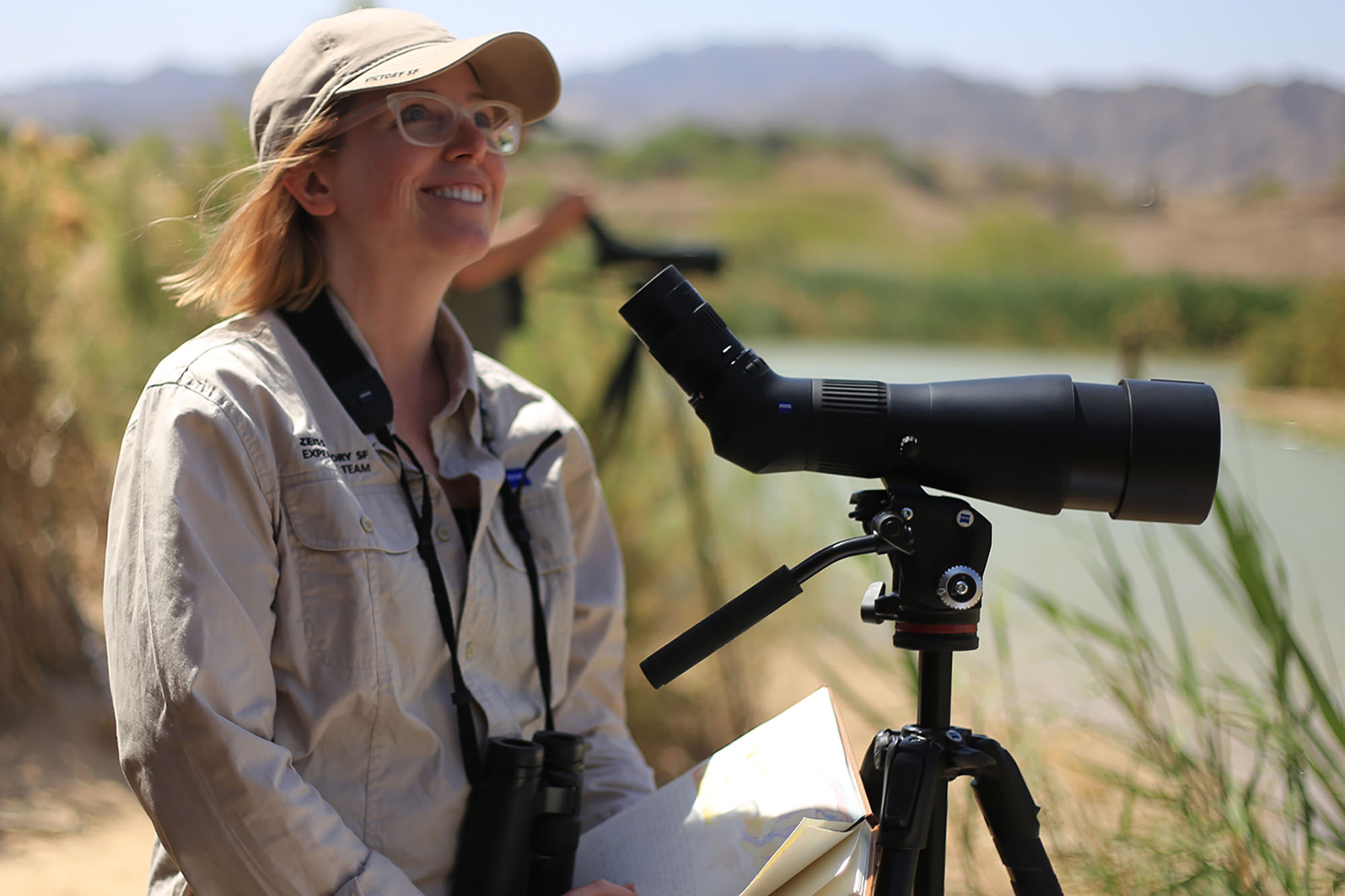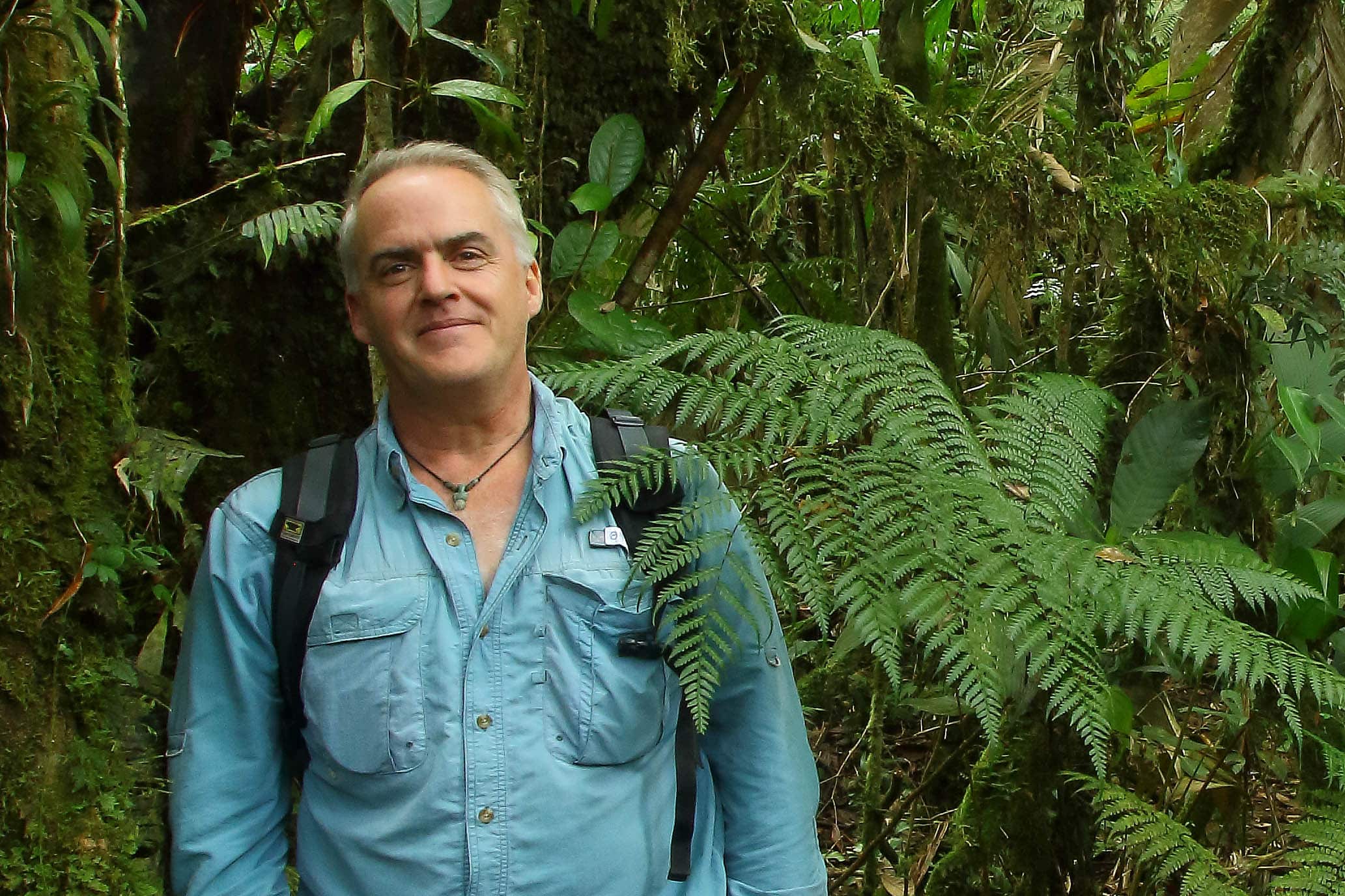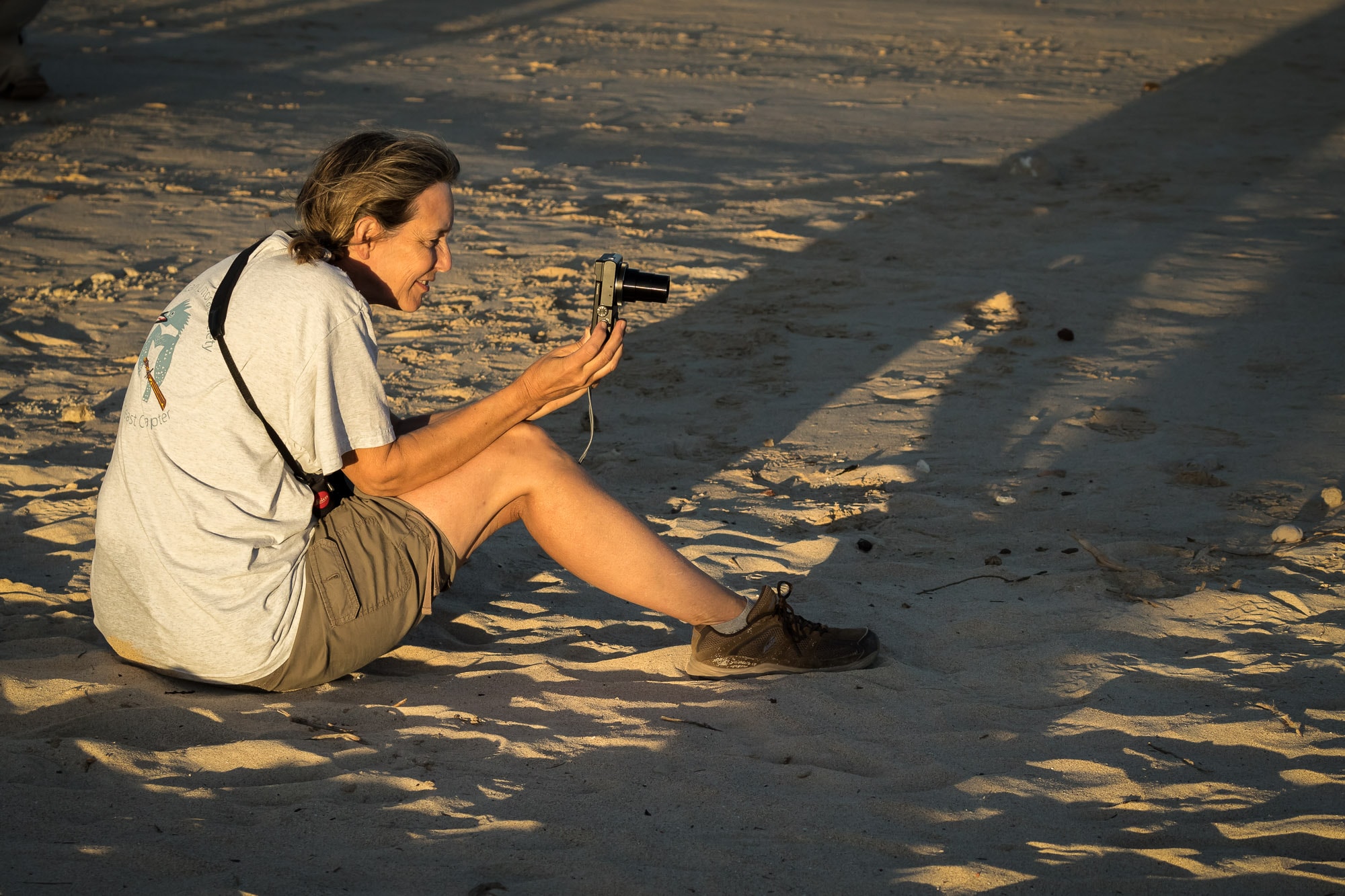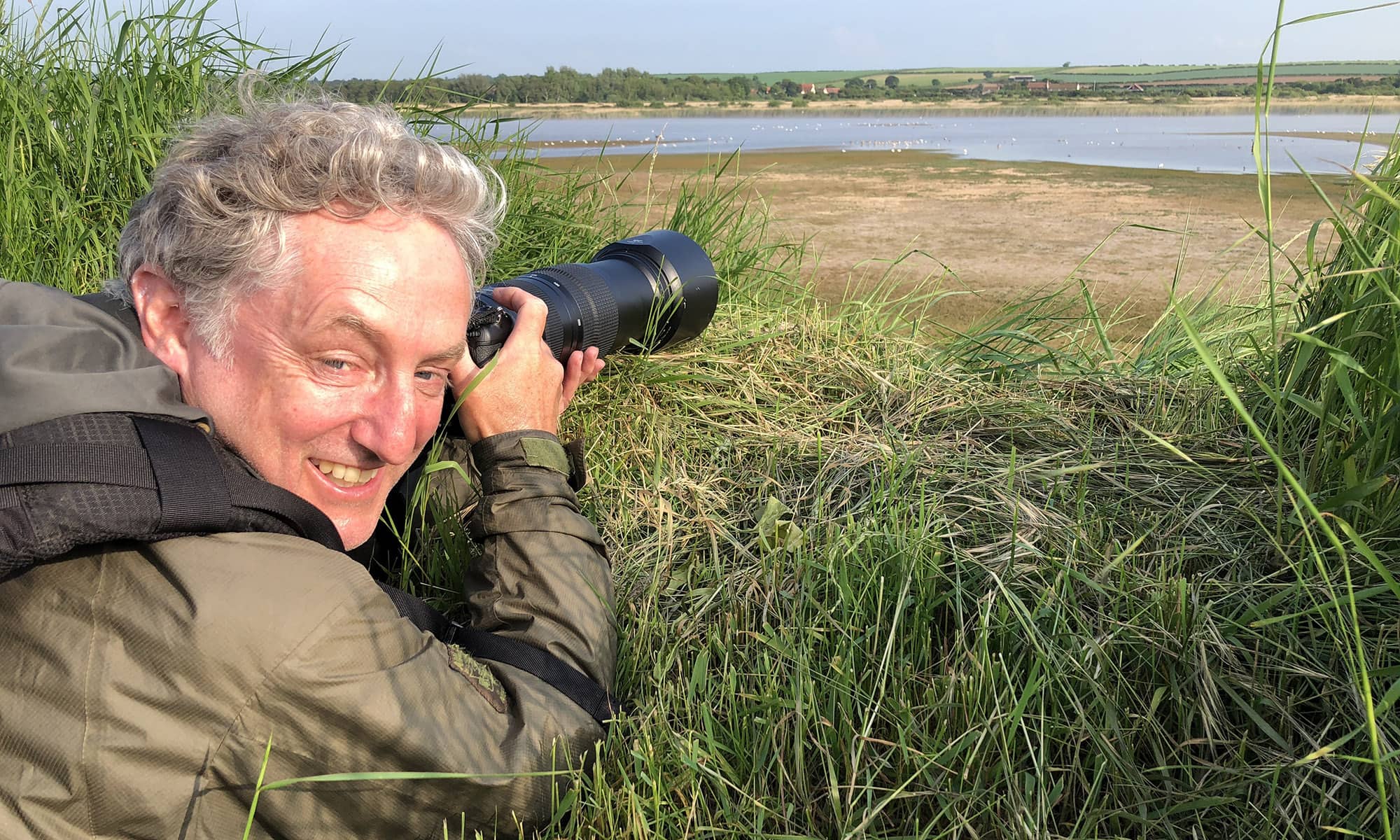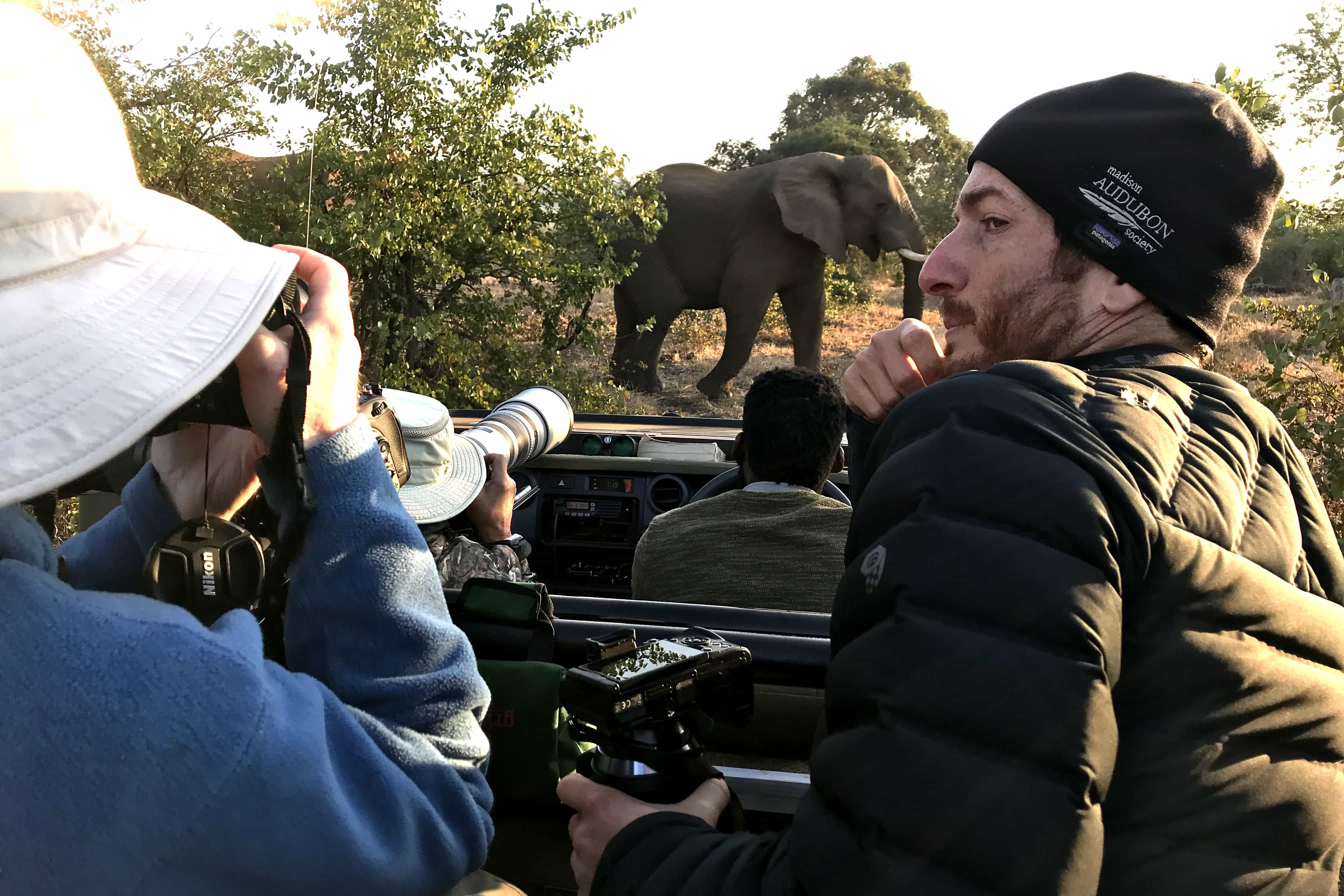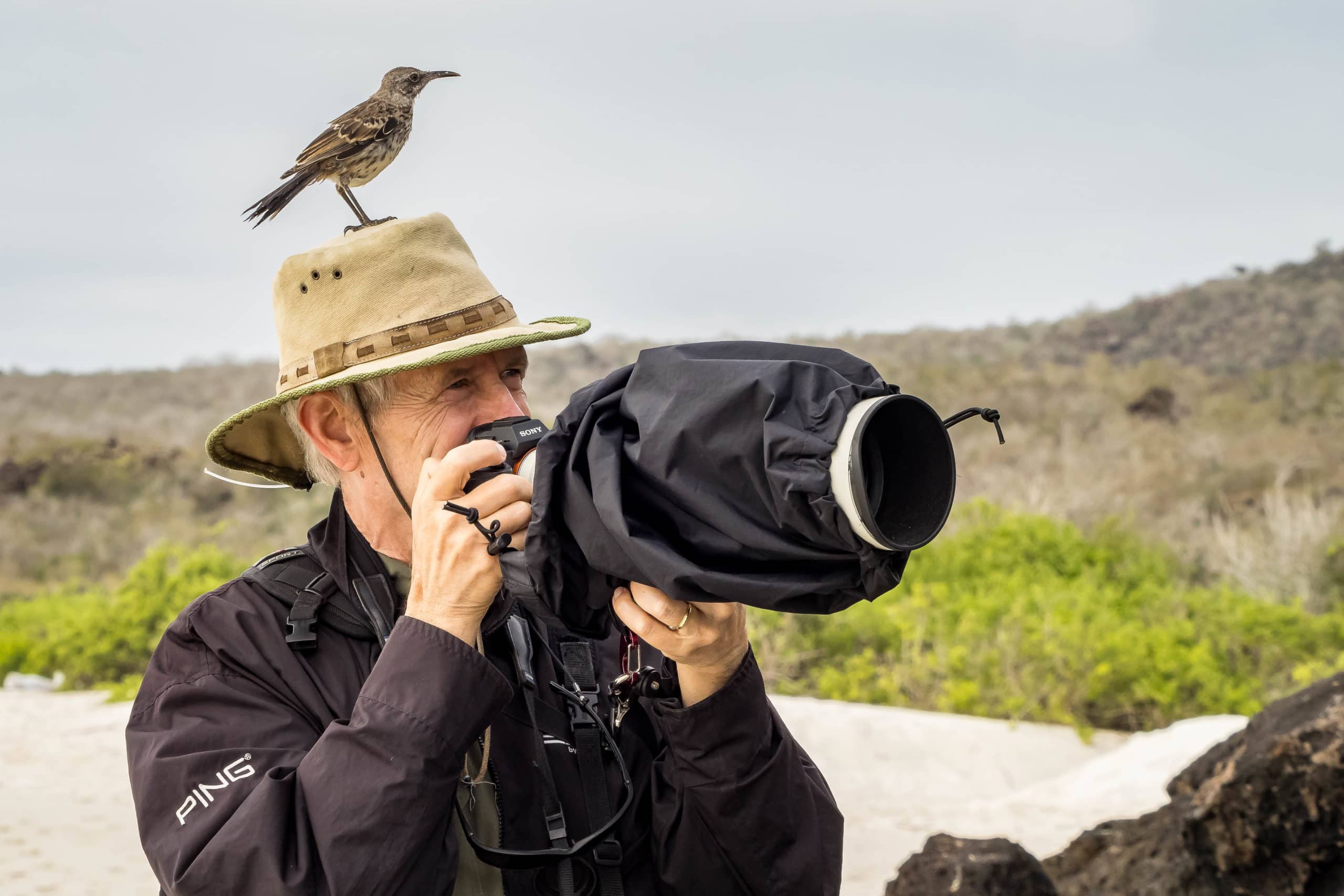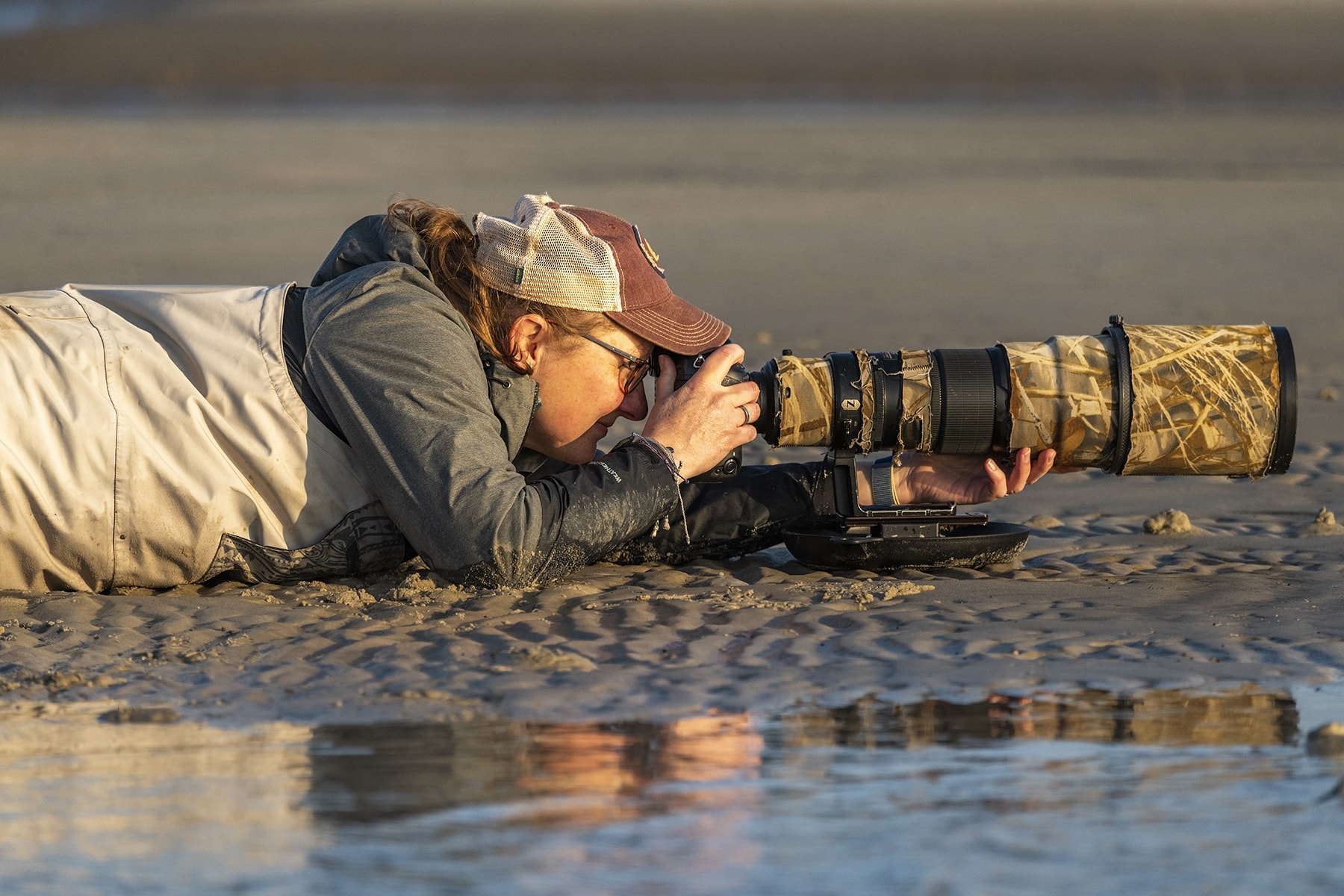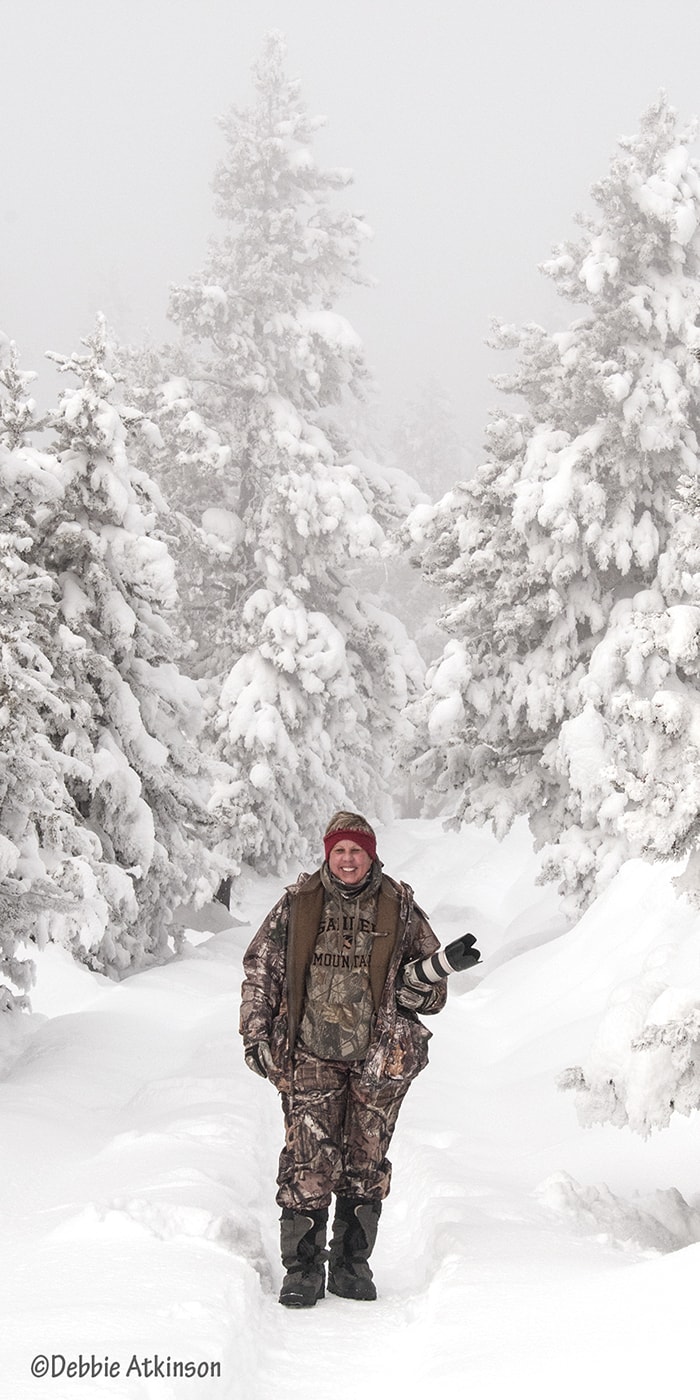
Savanna Scavengers
Jun 4, 2020 | by Adrian Binns
Across the wild landscape of Africa, life and death are in constant play. Every creature must eat, and the survival of one often depends on the demise of another. Big cats like lion, leopard, and cheetah are the dominant predators of the savanna, hiding in tall grasses or dense thickets to ambush prey. These hunters work hard for their meal, and eat quickly as scavengers are never far away.
Scavengers play an important role in the eco-system. Cunning strategies serve them well, ensuring food distribution for a variety of animals, and keeping disease at bay. Jackals and hyaenas jump quickly into fresh kills, risking peril to snatch morsels away from the triumphant hunter. Vultures and Marabous scavenge more patiently, waiting for less frenzied moments to grab a bite, often joined by Pied Crows, Tawny Eagles, and Yellow-billed Kites. Scavengers possess strong digestive systems to eat not only fresh meat, but carcasses of animals that died of natural causes.
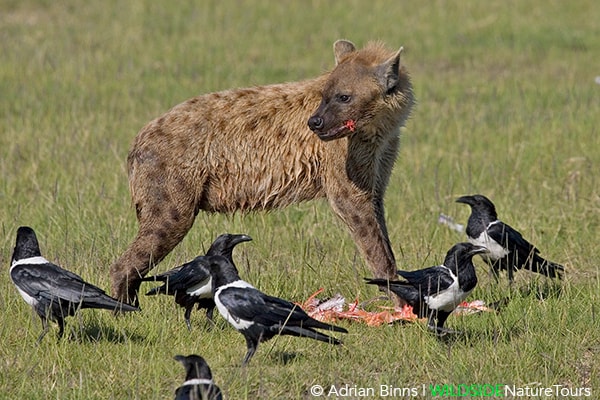
Spotted Hyaena with Pied Crows

African White-backed Vultures at carcass, with Hooded Vulture waiting

Black-backed Jackal eating Lesser Flamingo

Marabou stealing a meal from Black-backed Jackal
Marabou storks often join in cautiously after vultures have arrived on the scene. They pace slowly in a circle, looking for an opportunity to step in and grab what they can without getting hurt in the melee. They are patient and daring scavengers.



